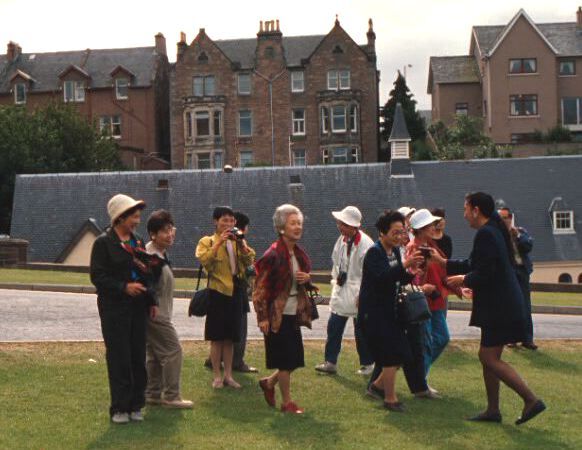Grab the Experience


The Scottish Tourist Board's consultants, Arthur Young International, were highly critical of the exploitation of heritage sites in Scotland. . . . For example, Bannockburn, the site Robert the Bruce's victory over the English army in 1314 . . . the consultants judged to lack the "magic of the real". They proposed a "battle experience" using multi-image projection and special effects . . . The Scottish Mining Museum . . . is poorly located and "lacks the underground experience". It would be better they suggested if it were relocated closer to main centers of population in the central belt of Scotland. The "magic of the real" does not require an actual site to give it authenticity. . . . They judge there are considerable gaps in the market for heritage which might be met with the following projects: a Celtish/Pictish/Roman hill-fort experience . . . archaeological/history park [where] "visitors would progress through Scottish history on foot, or be transported . . . get away from often dull and incomprehensible (to all but experts) archaeological features. . . . Such a site would be "accessible to the whole central Scotland day trip market". (McCrone 1995, 87)
(c) David Kolb, 1 August 2001